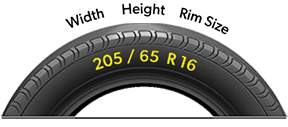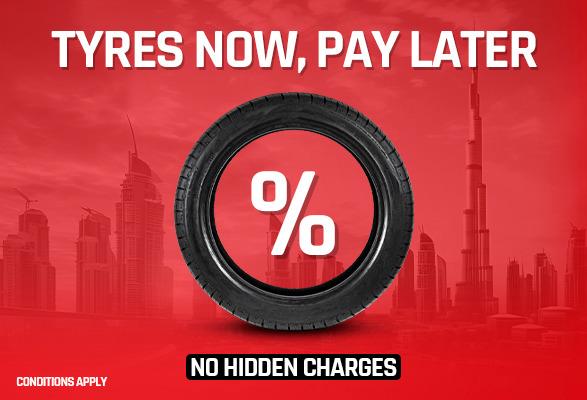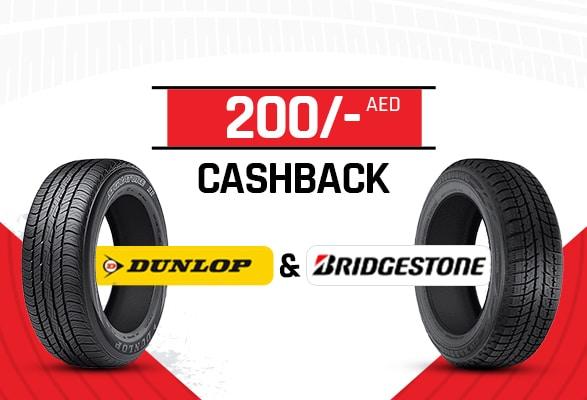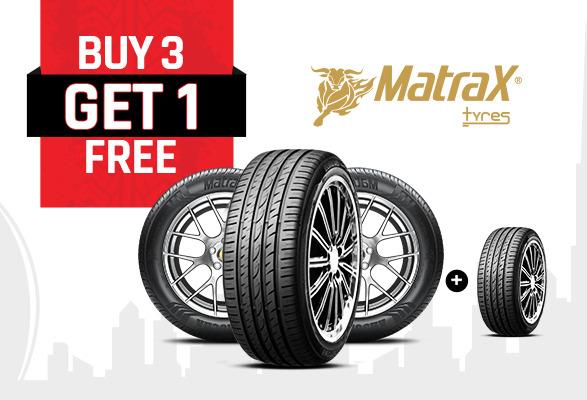Understanding Tyre Sizes: Everything You Need to Know
What is a Tyre Size?
A Tyre size consists of 3 parts of Tyre’s width, height, and diameter using a standard string of numbers and letters like “225/50 R17”.
- Width: The first number value “225” tells about the tyre's width in millimetres. It is measured from the tyres widest point excluding the tread.
- Aspect Ratio: The second which is after / “50” is the aspect ratio of the tire, as the percentage of the width which the tyre’s sidewall here 50 tells the height is 50% of the width.
- Construction Type: The “R” represents and stands for Radial construction, the most common type of tyre construction.
- Rim Diameter: The final number “17” is the diameter of the rim in inches. This measurement determines the size of the wheel that tyre will fit in.
Why is Tyre Size Important?
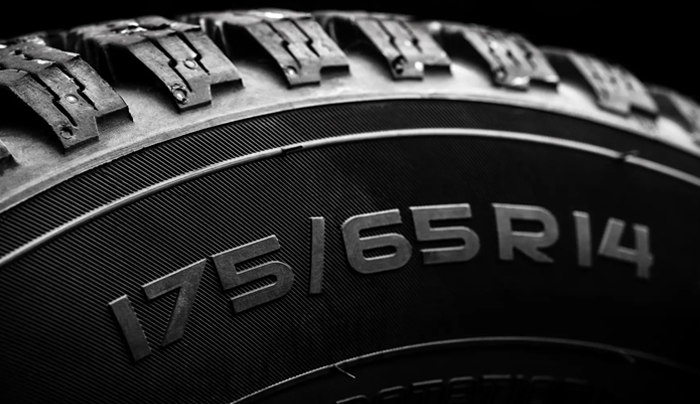
Tyre size does impact a vehicle’s performance, handling and safety. When a tyre is properly installed it ensure optimal load capacity, speedometer accuracy and ride comfort and handling.
Tyres that are too small than the recommended size to install on vehicle can show high speed than the actual speed which is dangerous.
How to Choose the Right Tyre Size

While choosing the tyre size, it is important to look at you vehicle's make, model, and variant and driving requirements, consult the owner’s manual or speak with a Tyre expert. Also consider the tyre’s load capacity, which is the maximum weight a tyre can safely support, measured in pounds. Make sure that the load capacity of tyre is compatible with your vehicle’s weight and the additional load you will be moving with.
Understanding Tyre Aspect Ratio

The aspect ratio is shown by a percentage and it shows the tyres height from bead to tread from its width. higher aspect ratios (e.g., 95%) are very common is trucks and luxury cars, giving more comfortable ride but compromising with handling.
Tyres with lower aspect ratio gives better handling but less comfort for examples tyres with an aspect ratio of 40% will have short sidewall and better cornering performance compare to tyres with an aspect ratio of 70%.
Decoding Tyre Measurements
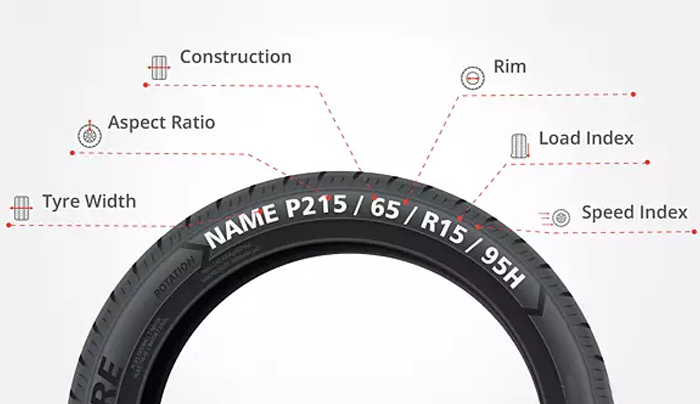
For example, a tyre with "205/60 R16 92 H" means:
- 205: Section width in Millimeter (mm).
- 60: Aspect ratio Percentage (%).
- R: Radial construction.
- 16: Rim diameter in inches.
- 92: Load index. A load index of 92 indicates the tyre can carry up to 630 kg.
- H: Speed rating. The letter "H" indicates the tyre's maximum speed is 210 km/h (130 mph).
Finding Your Vehicle's Tyre Size
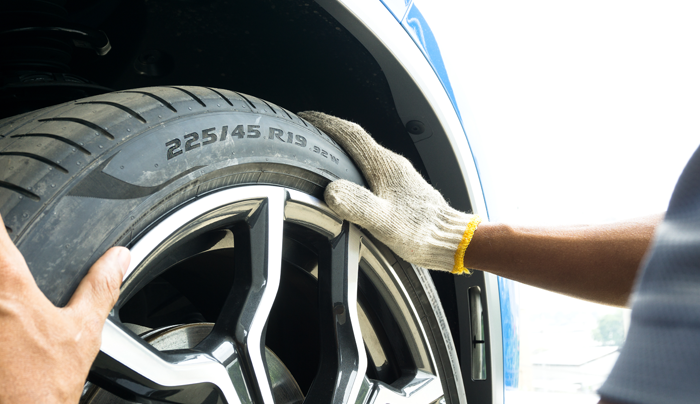
Tyre size information can be found on the tyres sidewall with a standard industry method explained above. It includes width, aspect ratio, construction type, rim diameter, load index and lastly the speed rating.
This standardization in sizes helps main tyre dealers, independent garages, and buyers understand the tyre.
How Tyre Size Affects Performance

- Load Capacity: Larger tyres have a higher load capacity.
- Speedometer Accuracy: Incorrect tyre sizes can affect speedometer readings by increasing or decreasing speed.
- Ride Comfort: Higher aspect ratios provide a smoother ride, while lower aspect ratios improve handling and this varies if you are looking for comfort or speed.
- Fuel Efficiency: smaller tyres helps in fuel efficiency while larger tyres increase fuel average.
Examples of Tyre Sizes and Their Applications
- SUVs and Trucks: SUV’s and Trucks uses tyre sizes like 275/55R20 for better load capacity and off road performance.
- Sports Cars: Sport cars sizes like 225/40R18 to improve handling and cornering stability.
- Sedans: Sedans Typically use sizes like 195/65R15 for a balance of comfort and performance.
Conclusion
Understanding the tyre sizes is important for vehicle performance and safety. Choose the right tyre size by considering the vehicle specifications and driving needs, ensuring balance of comfort and handling.
Key Takeaways:
- Width, Aspect Ratio, Construction, and Diameter: Key elements of tyre size.
- Performance Impact: Proper size ensures safety and accuracy.
- Choosing Size: Consult manuals and tyre expert for best options.
- Examples: Different vehicles use different tyre sizes based on their needs.
PitStopArabia offers free guidance for the tyre recommendation so you get the perfect tyre size with your requirements and ensures that you get the fresh tyres delivered at your doors free and offers exclusive discounts with competitive pricing.
By understanding these aspects, you ensure your vehicle has the appropriate tyres for a safe and comfortable ride.



